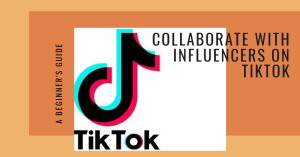Marketing and digital media have transformed the business landscape. The digital revolution has reshaped how companies connect with their audiences, creating new opportunities and challenges.
At Kolorfirst LLC, we’ve witnessed firsthand the power of these changes. This post explores the evolution of marketing, key digital channels, and how to measure success in this dynamic field.
How Marketing Has Evolved in the Digital Age
The Digital Marketing Revolution
The marketing landscape has undergone a seismic shift in recent years. Traditional marketing methods like print ads and billboards no longer suffice. Digital marketing now dominates, with 63% of businesses increasing their digital marketing budgets in the past year (according to a recent industry report). This shift transcends merely moving online – it creates more targeted, measurable, and interactive campaigns.
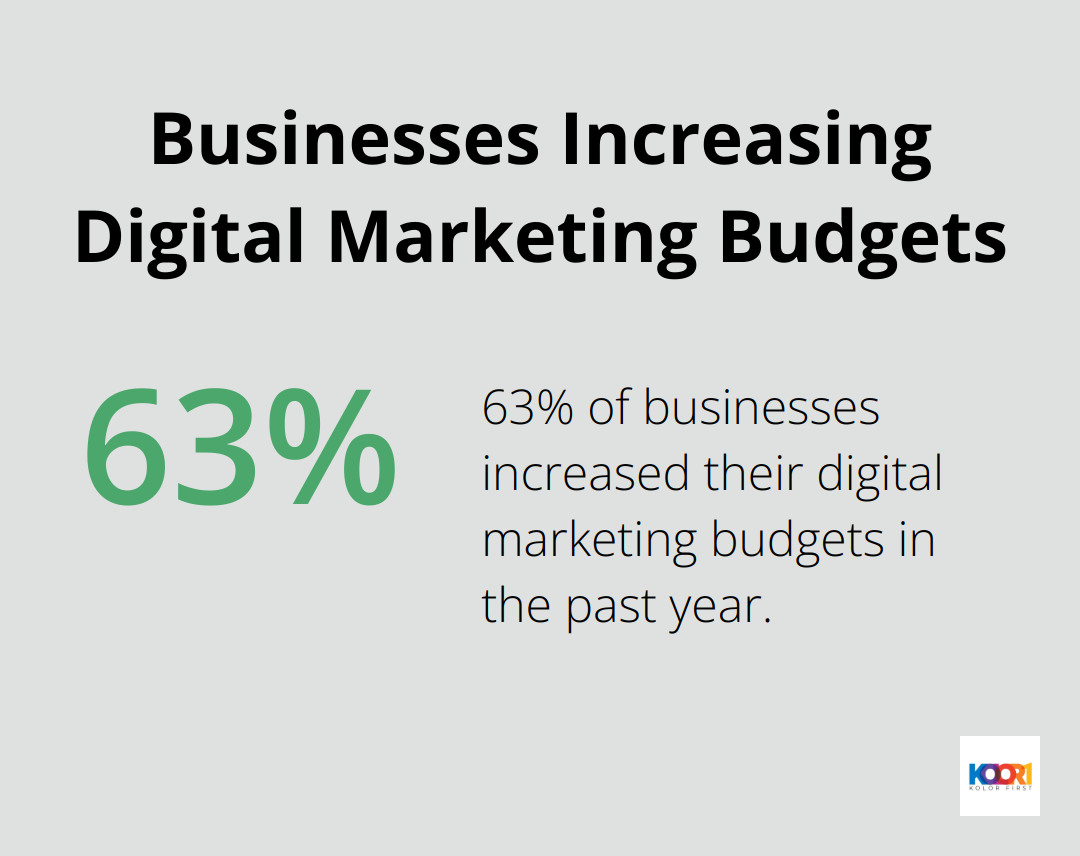
Programmatic advertising exemplifies this revolution. This automated approach to purchasing digital advertising space dramatically improves ad relevance and ROI. Many e-commerce businesses have seen significant increases in conversions after implementing this strategy.
Social Media: The New Marketing Frontier
Social media has become a powerhouse in the marketing world. As of 2025, over 4.5 billion social media users exist globally. This massive audience presents unprecedented opportunities for brands to connect with consumers.
Success on social media requires more than regular posting. Creating authentic, engaging content is key. User-generated content campaigns can boost web conversions by 29% compared to campaigns without it. Many local businesses have significantly increased their social media following by implementing user-generated content strategies.
Data: The Fuel for Modern Marketing
Data-driven marketing has revolutionized campaign approaches. Advanced analytics tools now track customer behavior across multiple touchpoints, allowing for hyper-personalized marketing efforts.
Predictive analytics forecast consumer trends and optimize marketing efforts. This approach has increased click-through rates by up to 14% for email campaigns across various industries.
Moreover, the importance of first-party data continues to grow. With Google phasing out third-party cookies in late 2024, marketers must adapt. Building robust first-party data strategies ensures continued delivery of personalized experiences while respecting user privacy.
The Rise of Video Marketing
Video content has exploded in popularity, becoming a cornerstone of digital marketing strategies. Short-form videos on platforms like TikTok and Instagram Reels have captured audiences’ attention, with businesses seeing engagement rates soar when incorporating these formats into their marketing mix.
Live streaming has also gained traction, offering brands a way to connect with their audience in real-time. This format has proven particularly effective for product launches, Q&A sessions, and behind-the-scenes content, fostering a sense of authenticity and immediacy that resonates with modern consumers.
AI and Automation in Marketing
Artificial Intelligence (AI) and automation have transformed marketing operations. From chatbots providing 24/7 customer service to AI-powered content creation tools, these technologies streamline processes and enhance customer experiences.
Machine learning algorithms now analyze vast amounts of data to predict consumer behavior, optimize ad placements, and personalize content at scale. This level of automation and personalization was unimaginable just a few years ago, yet it’s now becoming standard practice in the industry.
As we explore these revolutionary changes in marketing, it’s clear that staying ahead requires constant adaptation and innovation. The next section will examine the key digital marketing channels and techniques that have emerged from this evolving landscape.
Mastering Digital Marketing Channels
In today’s digital landscape, businesses must leverage various channels to reach and engage their target audience effectively. This chapter explores key digital marketing strategies that drive growth and engagement.
The Power of Search Engine Optimization
Search Engine Optimization (SEO) remains a cornerstone of digital marketing. The global market for SEO, estimated at $82.3 billion in 2023, is projected to reach $143.9 Billion by 2030, growing at a CAGR of 8.3% for those 7 years.
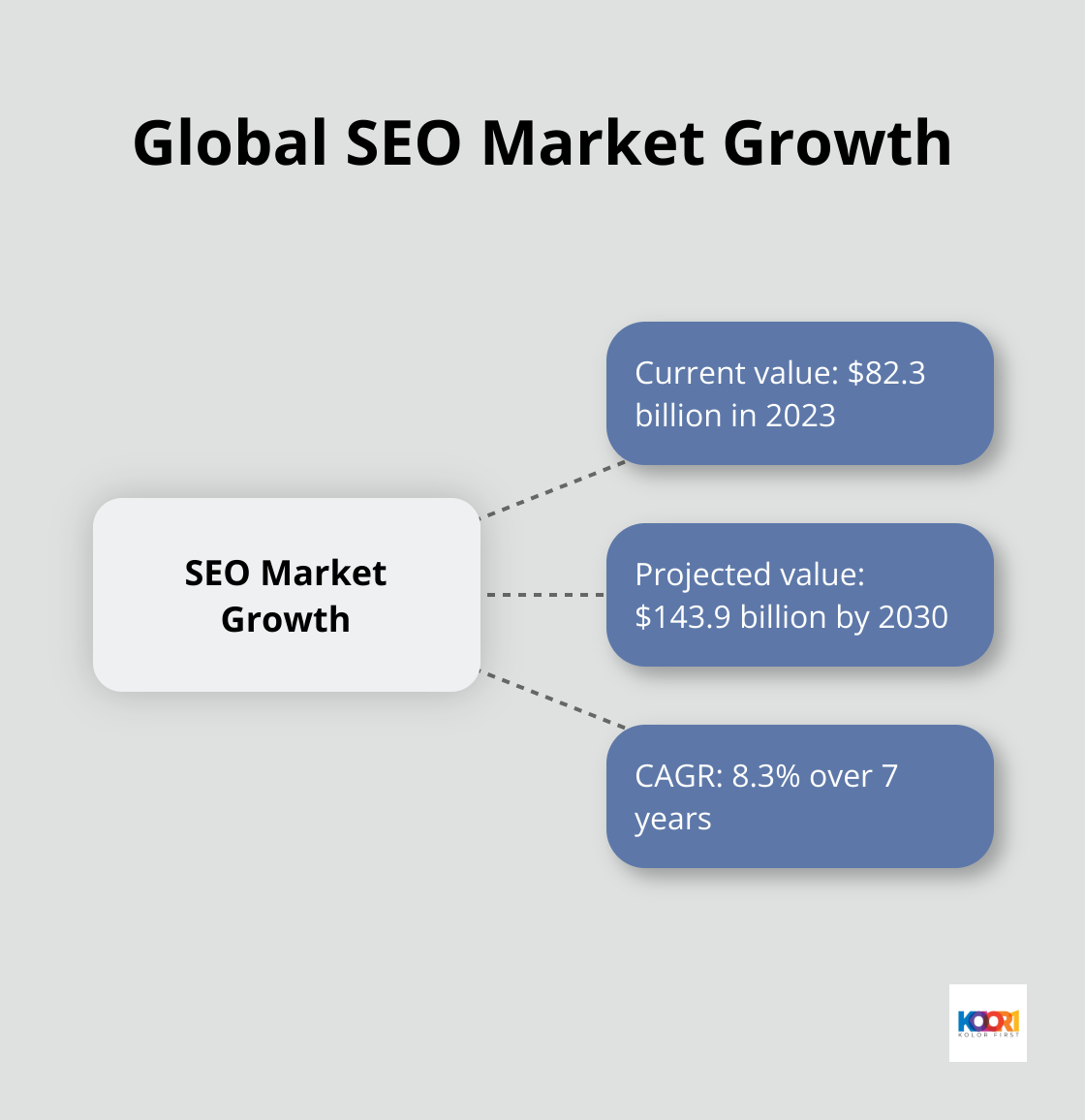
To harness this potential, businesses should create high-quality, relevant content that answers their audience’s questions. Google’s Keyword Planner helps identify valuable search terms in specific industries. Optimizing a website’s technical aspects, such as page load speed and mobile responsiveness, significantly impacts search rankings.
Storytelling Through Content Marketing
Content marketing transcends simple blog posts or videos. It crafts compelling narratives that resonate with audiences. The Content Marketing Institute reports that 72% of marketers see increased engagement and leads through content marketing. A robust content strategy aligns with business goals and uses data analytics to understand audience preferences. For younger demographics, short-form video content on platforms like TikTok or Instagram Reels proves effective.
Email Marketing Automation for Better Results
Email marketing delivers impressive results, with 30% of marketers citing it as having the highest ROI of all digital marketing channels, while another 43% said it has medium ROI. Automation maximizes its effectiveness. Welcome series for new subscribers, abandoned cart reminders for e-commerce businesses, and personalized product recommendations based on past purchases boost engagement. A/B testing optimizes subject lines, email content, and send times. Tools like Mailchimp or Klaviyo streamline these processes.
Maximizing ROI with Pay-Per-Click Advertising
Pay-Per-Click (PPC) advertising offers a direct route to potential customers. Google Ads leads this space, but Bing Ads and social media advertising options also merit consideration. Highly targeted ad groups with relevant keywords and compelling ad copy improve PPC campaigns. Ad extensions provide additional information and increase click-through rates. Regular review and adjustment of campaigns based on performance data ensure optimal results.
Leveraging Influencer Partnerships
Influencer marketing has evolved from a trend to a marketing staple. When selecting influencers, engagement rates and audience alignment prove more critical than follower count. Micro-influencers in specific niches often have higher engagement rates and more dedicated followers. Influencer partnerships should always align with brand values and messaging.
As businesses navigate these digital marketing channels, the need for accurate measurement and analysis becomes paramount. The next chapter will explore how to measure success in digital marketing, ensuring that efforts translate into tangible results.
How to Measure Digital Marketing Success
Selecting Effective Key Performance Indicators (KPIs)
The selection of appropriate Key Performance Indicators (KPIs) forms the foundation of digital marketing measurement. E-commerce businesses should focus on conversion rates and average order values. B2B companies benefit from tracking lead quality and sales cycle length. Social media marketers must monitor engagement rates and follower growth. Website traffic alone doesn’t provide a complete picture; bounce rates and time on page offer deeper insights into user behavior.
A Content Marketing Institute study revealed that 80% of B2B marketers use website traffic to measure content performance, while only 65% track conversion rates.
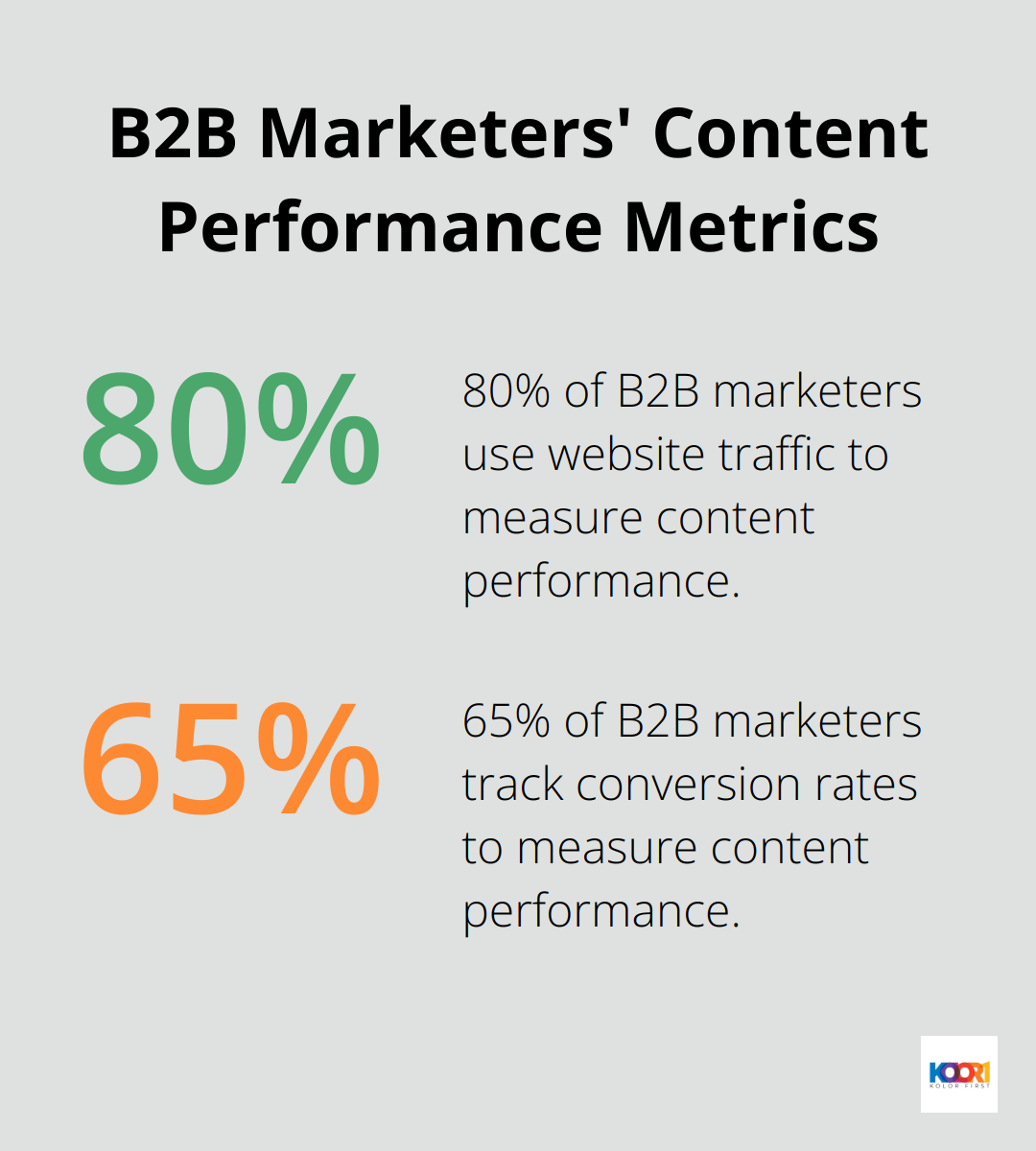
This discrepancy highlights a missed opportunity for many businesses to capture valuable data points.
Utilizing Analytics Tools
Google Analytics stands as the premier tool for website data analysis. Its capabilities in tracking user behavior, traffic sources, and conversion paths remain unmatched. Social media platforms offer native analytics, while tools like Hootsuite or Sprout Social provide comprehensive cross-platform insights.
Email marketing platforms (such as Mailchimp) offer detailed metrics on open rates, click-through rates, and subscriber growth. HubSpot reports that segmented email campaigns can increase revenue by up to 760%.
Implementing A/B Testing
A/B testing transforms optimization efforts. Every element, from email subject lines to landing page layouts, should undergo testing. Even minor changes can yield significant results. An Optimizely case study demonstrated how altering a single button color increased conversions by 21%.
To maximize effectiveness, test one variable at a time to isolate its impact. Tests should run for at least two weeks to gather sufficient data. Always establish a clear hypothesis and success metric before initiating any test.
Calculating Return on Investment (ROI)
Return on Investment (ROI) serves as the ultimate measure of marketing success. This report provides an in-depth comparison of ROI for major digital marketing channels (Google Ads, Facebook/Instagram, LinkedIn, email, influencer marketing, and more).
Digital marketing often yields higher ROI compared to traditional methods. Content marketing can benefit your organization and help promote your company effectively.
Track ROI for individual campaigns and channels to allocate budgets more effectively. Some initiatives (like brand awareness campaigns) may have indirect ROI that’s harder to quantify, but still provide value.
Interpreting and Acting on Data
The collection of data alone doesn’t drive success; the interpretation and application of insights make the difference. Regular analysis of metrics should inform strategy adjustments and drive continuous improvement in marketing efforts.
Try to identify trends and patterns in your data. Look for correlations between different metrics to uncover hidden insights. Use these findings to refine your targeting, messaging, and overall marketing strategy.
Final Thoughts
The digital marketing landscape evolves rapidly, demanding adaptability and innovation from businesses. Marketing and digital media have reshaped how brands connect with consumers, opening new avenues for reaching and engaging audiences. Integrated marketing strategies have become essential, allowing businesses to create cohesive campaigns that resonate across multiple touchpoints.
We anticipate several trends to shape the future of digital marketing. Artificial intelligence will play a significant role in personalizing content and optimizing campaigns. Voice search will influence SEO strategies, while augmented reality technologies will offer immersive brand experiences (privacy concerns will make first-party data collection more critical).
KolorFirst LLC specializes in helping businesses thrive in the digital age. Our team crafts innovative branding and digital marketing solutions tailored to your unique needs. We stand ready to guide you through these changes, ensuring your marketing efforts remain effective and aligned with the latest industry trends.
